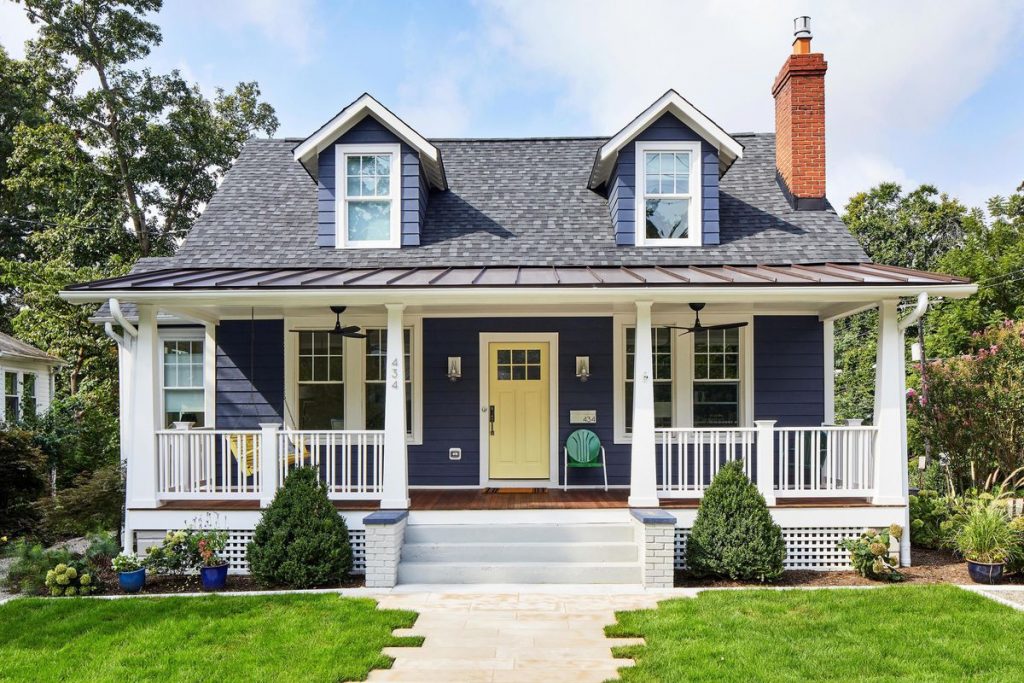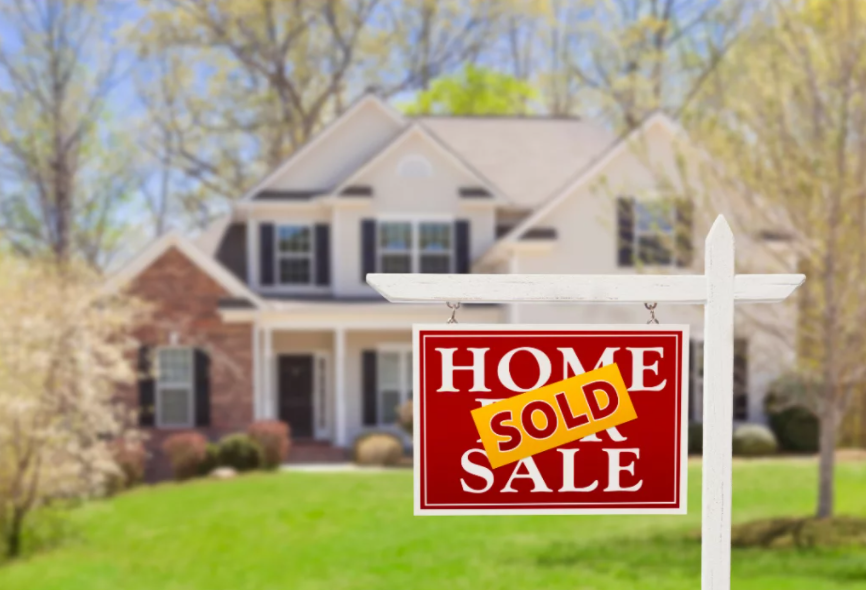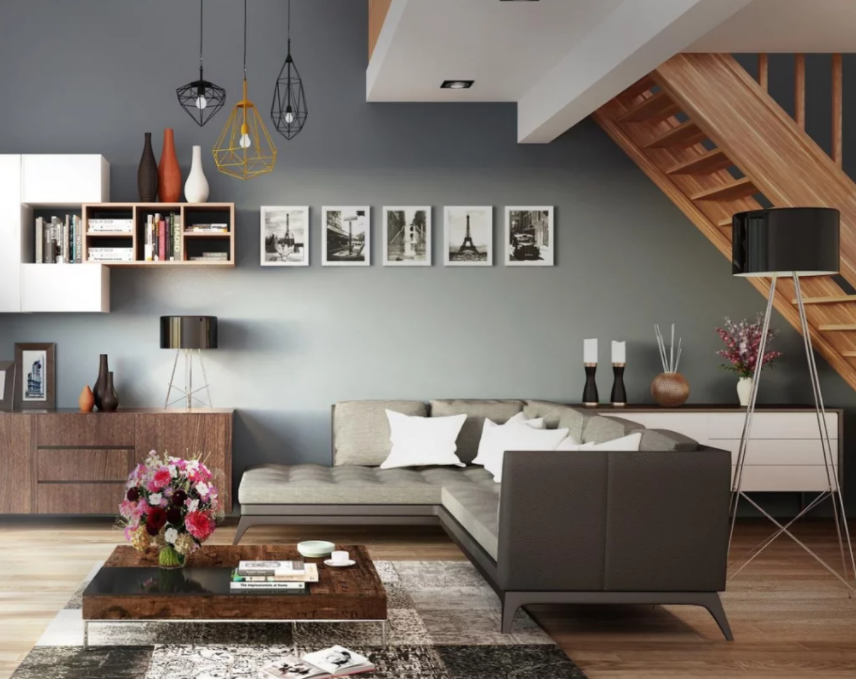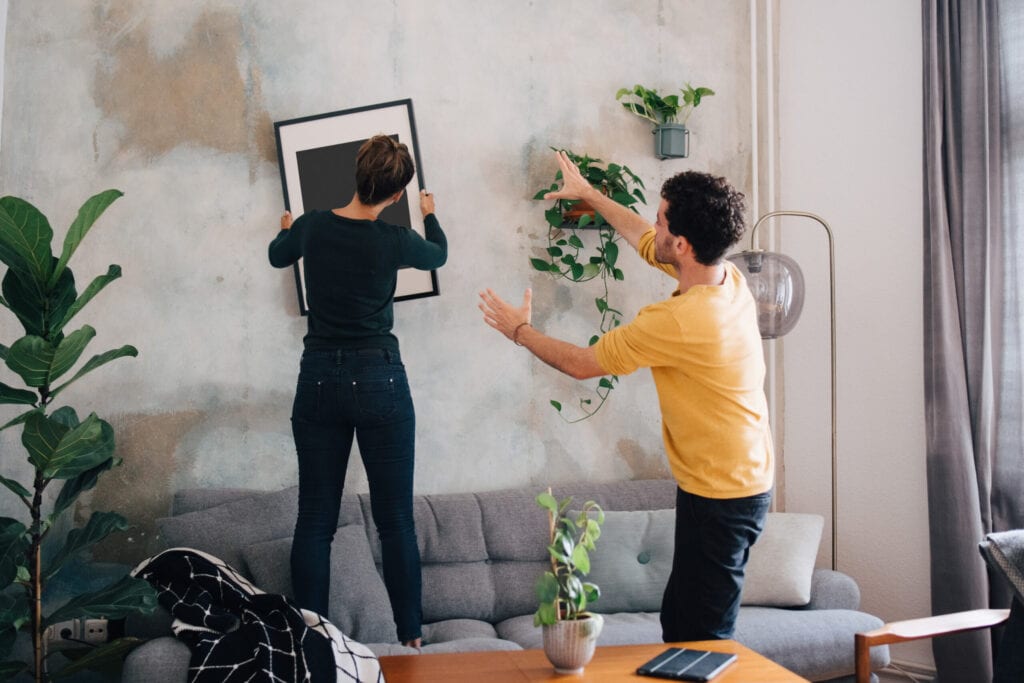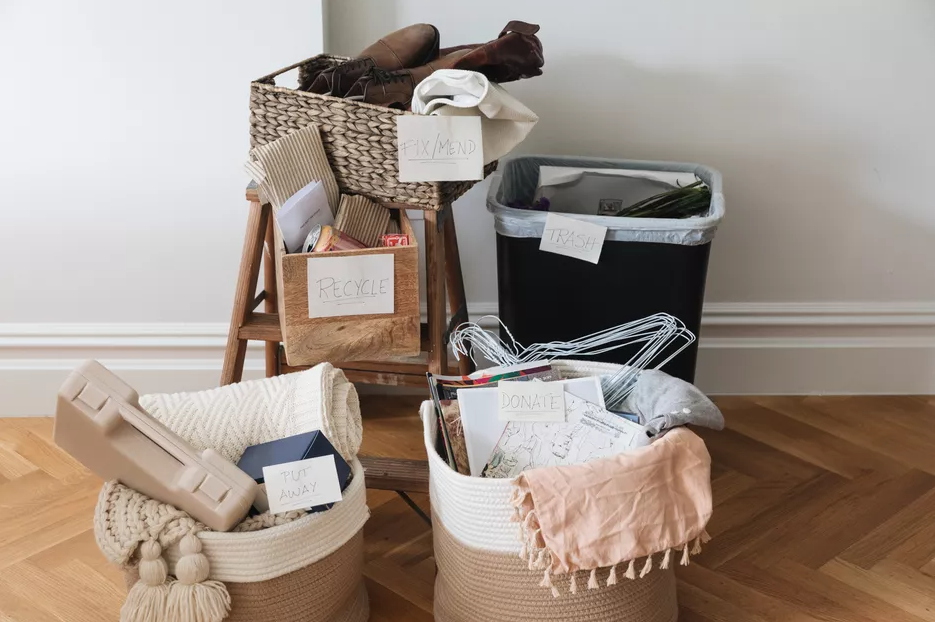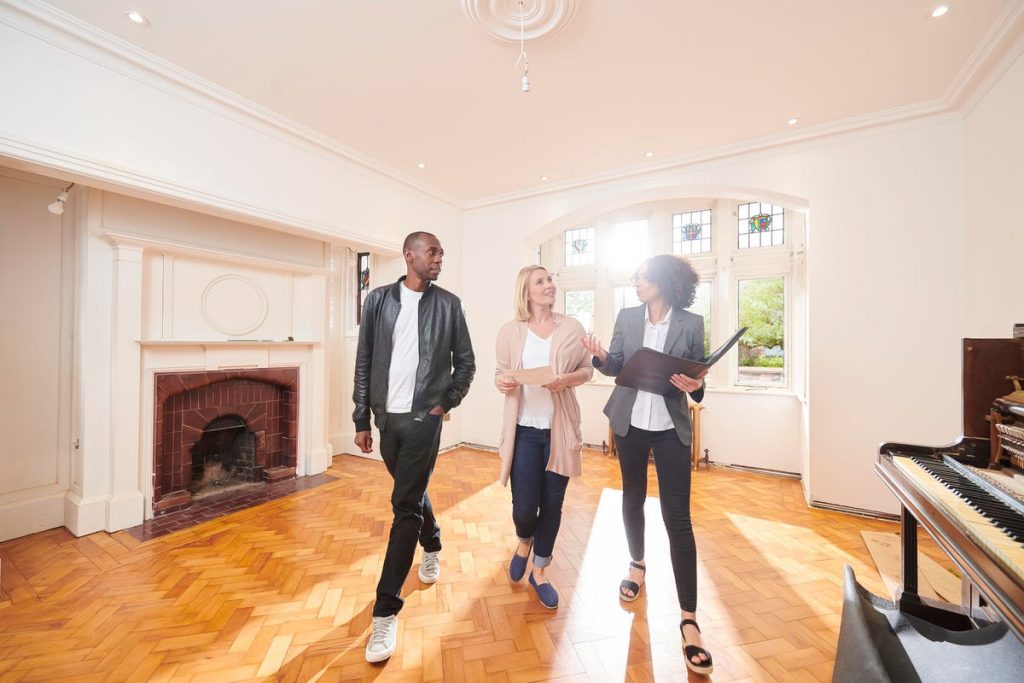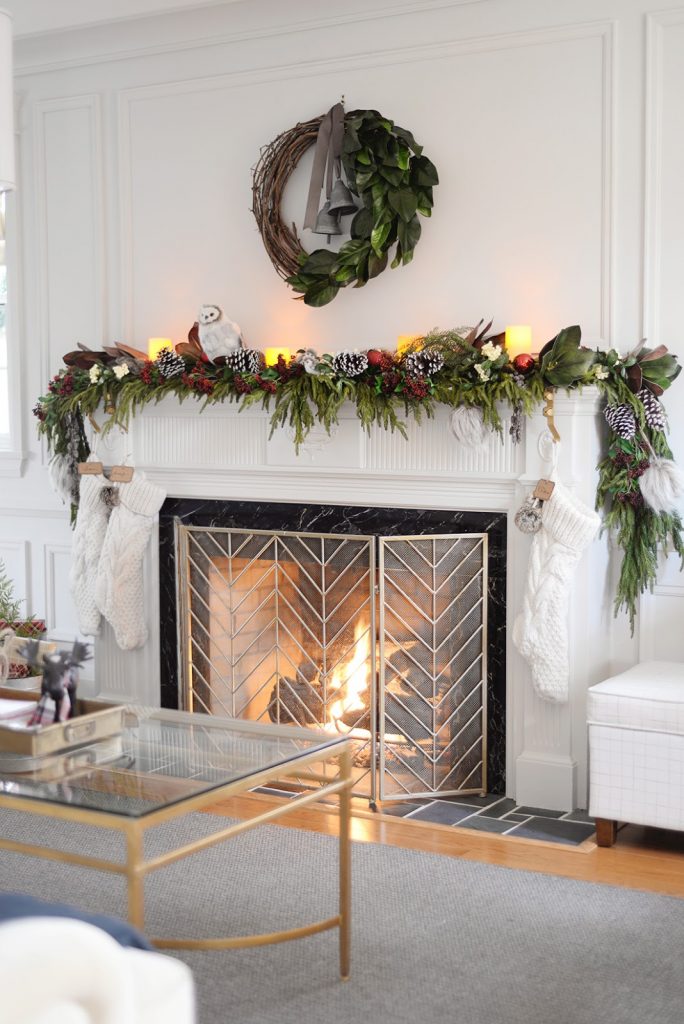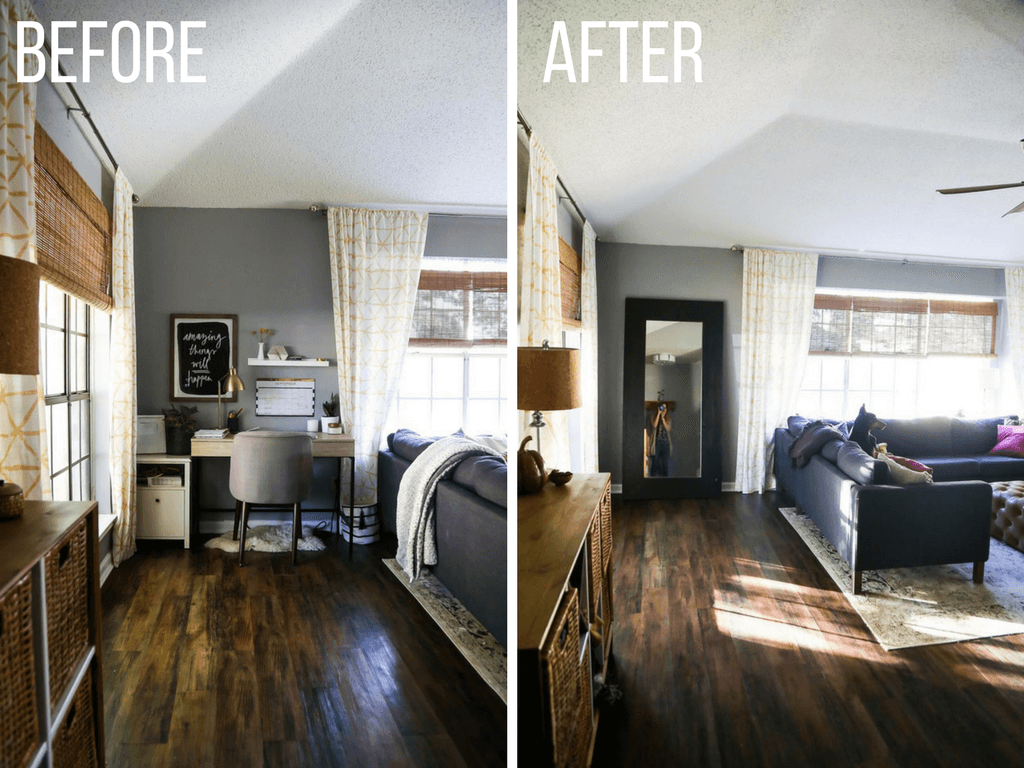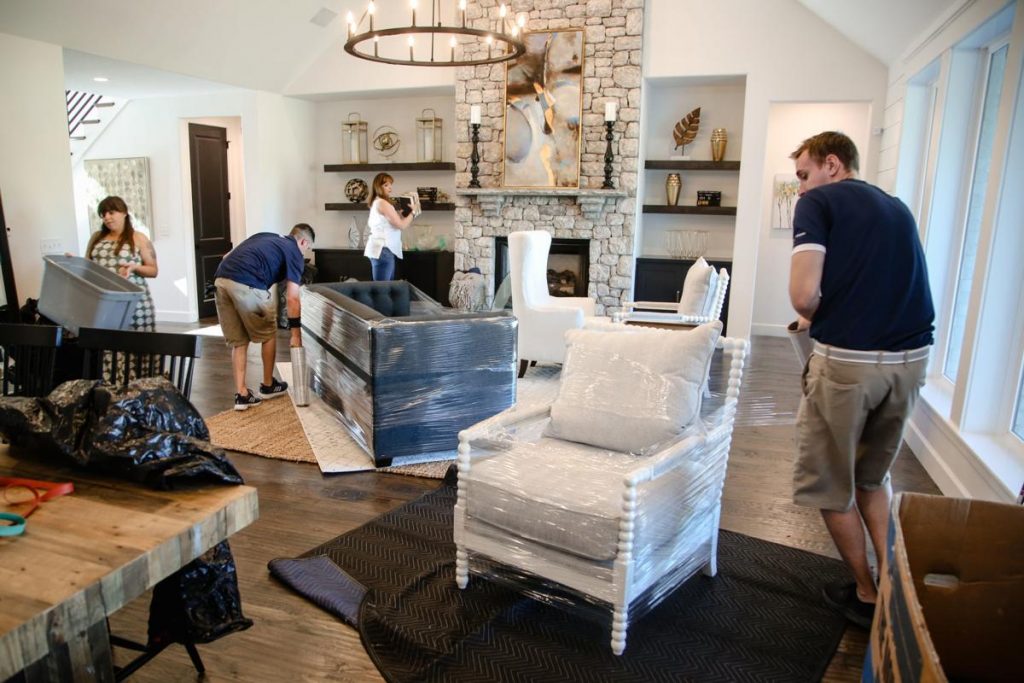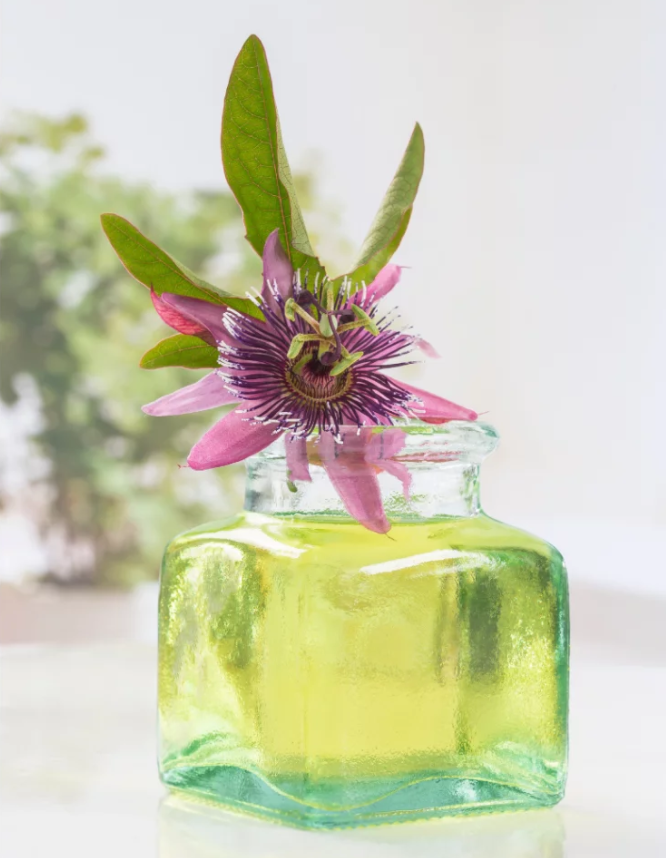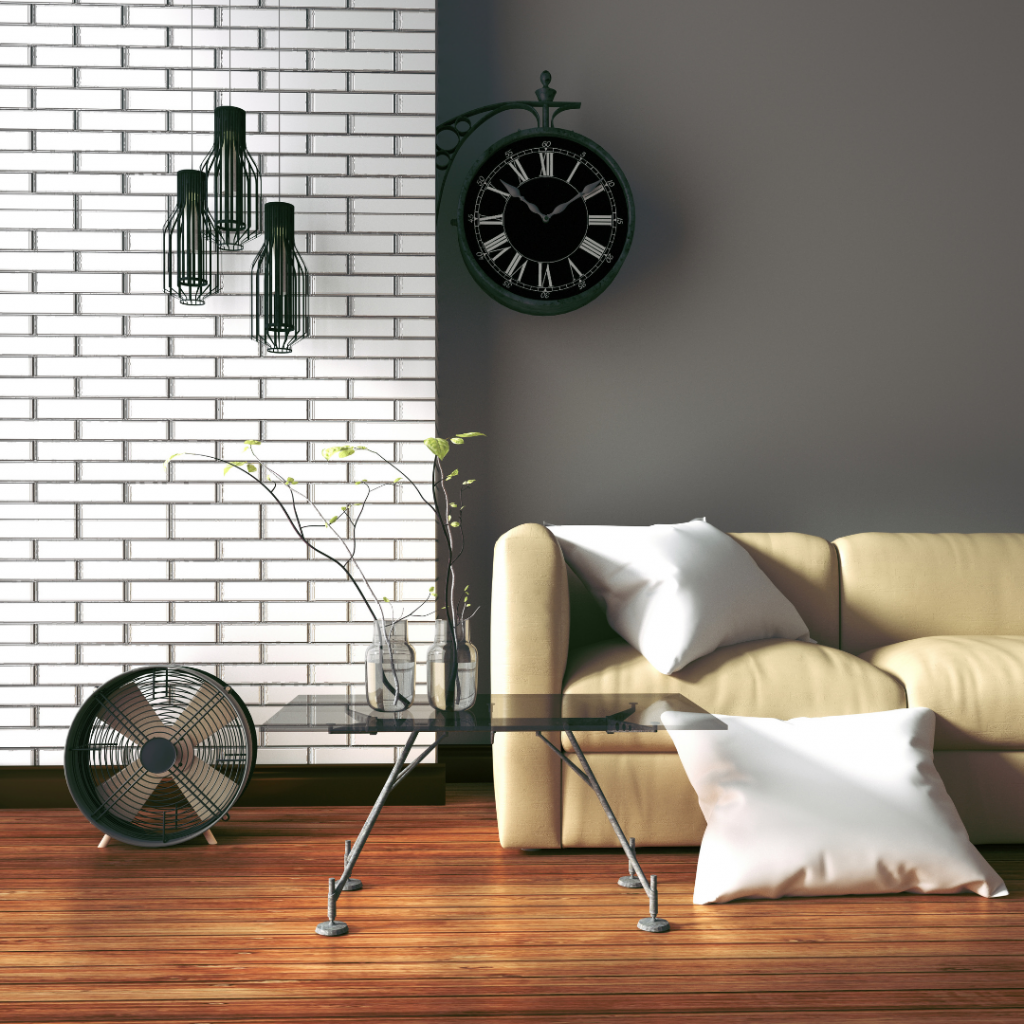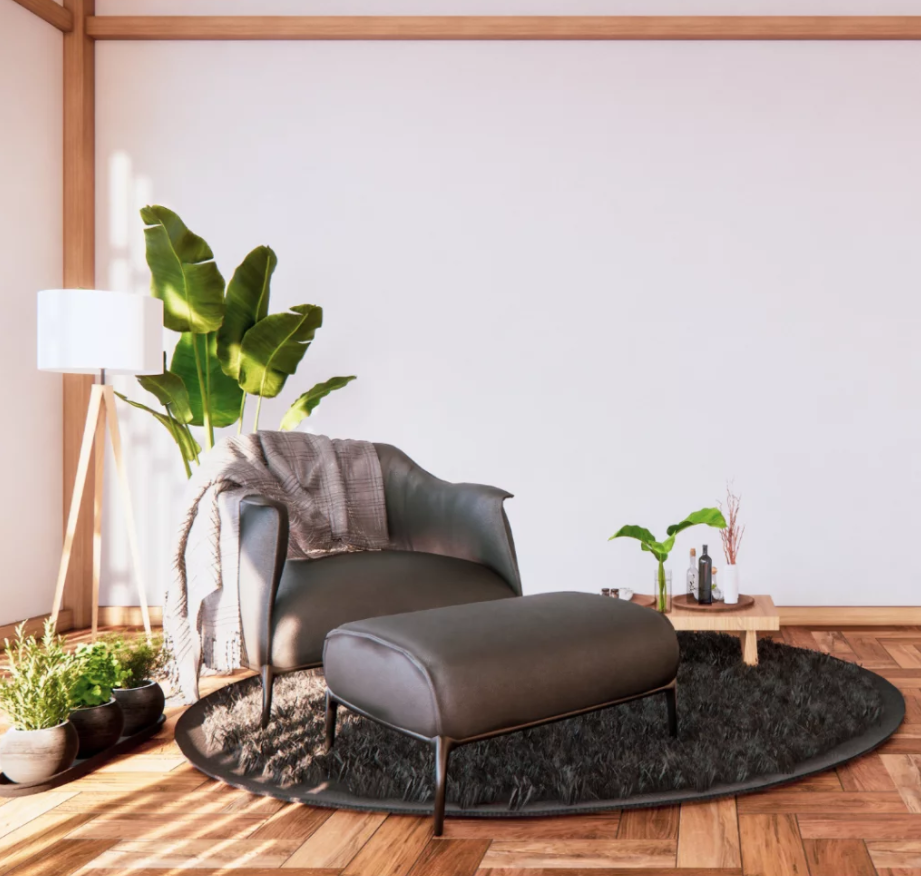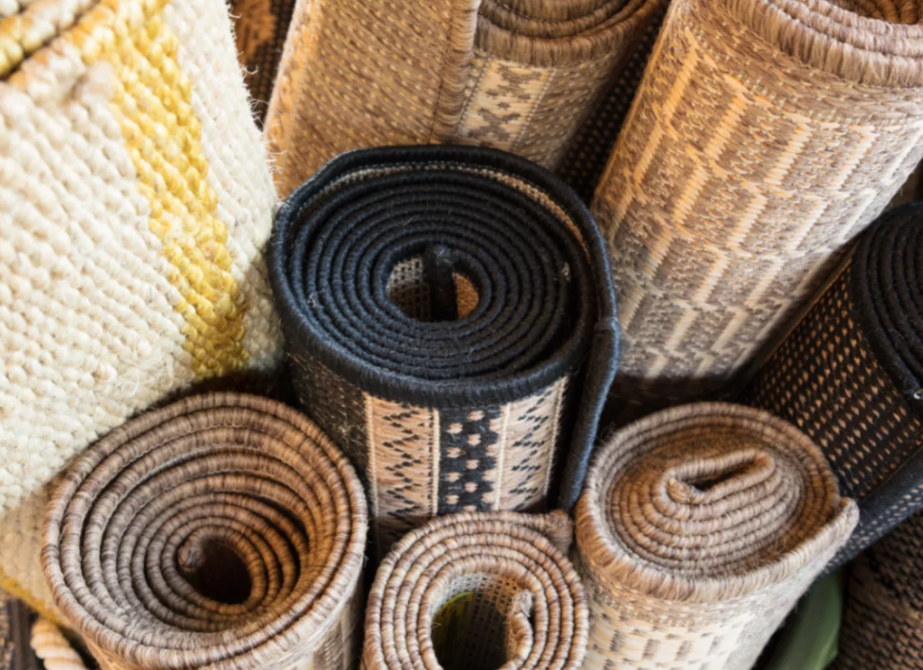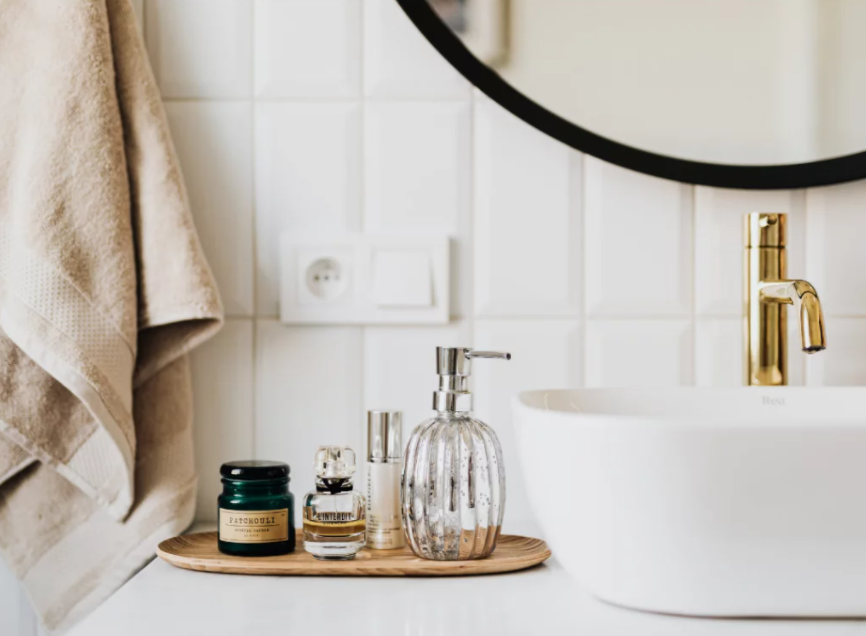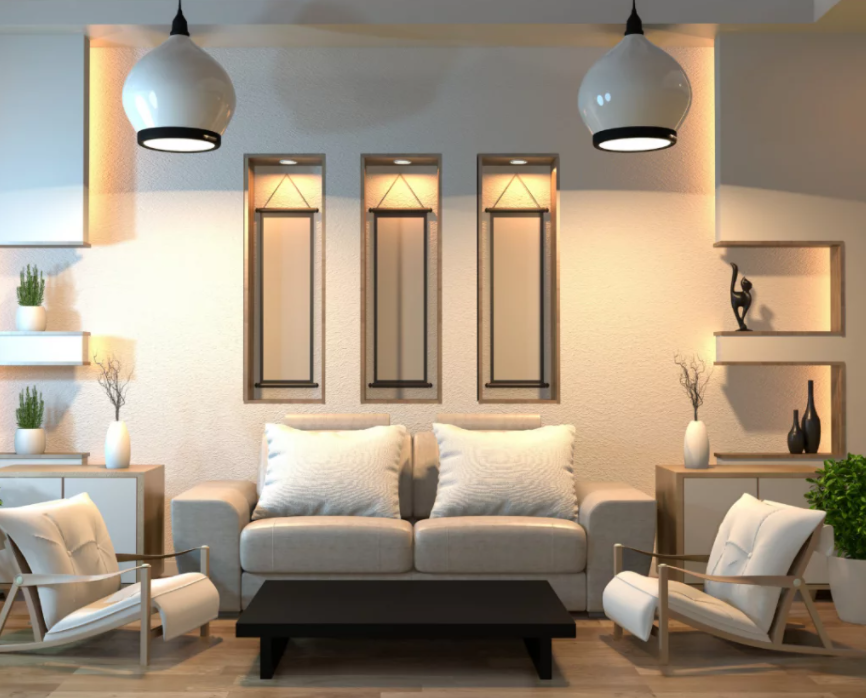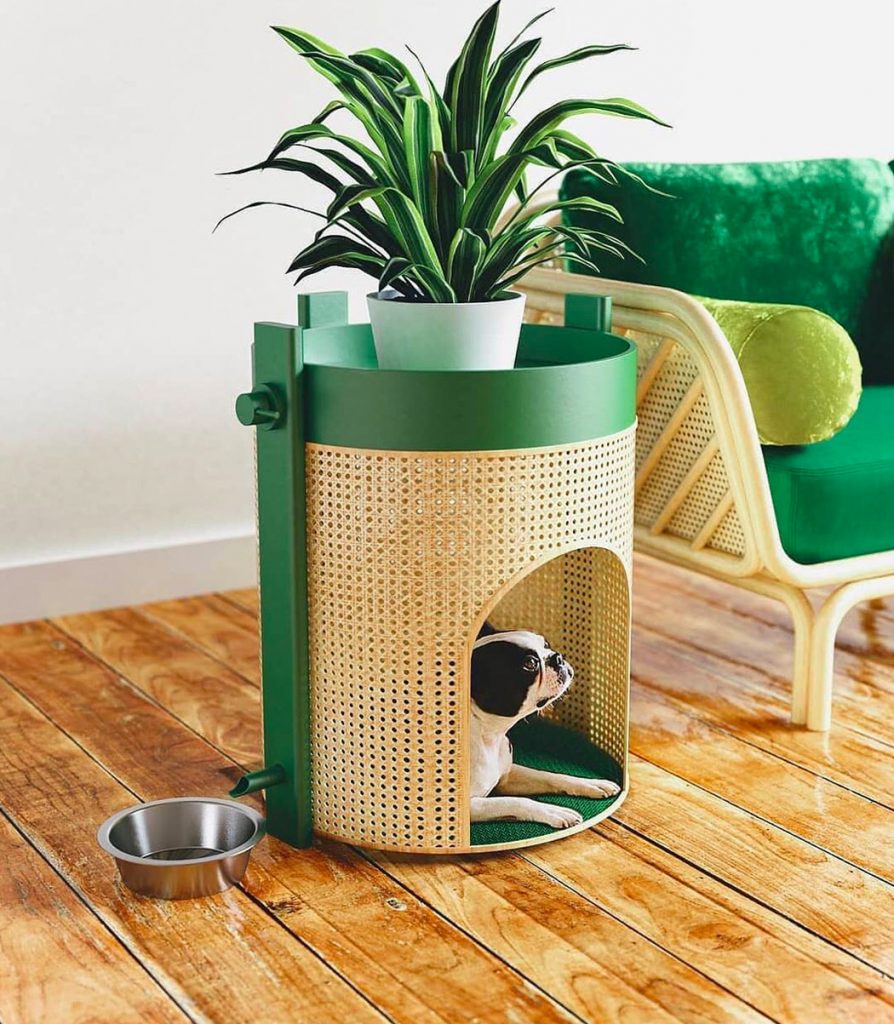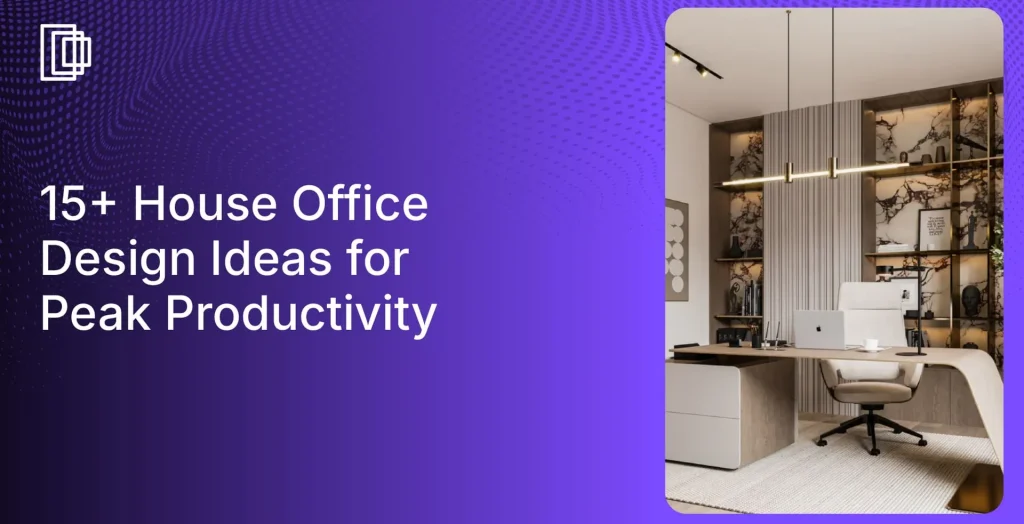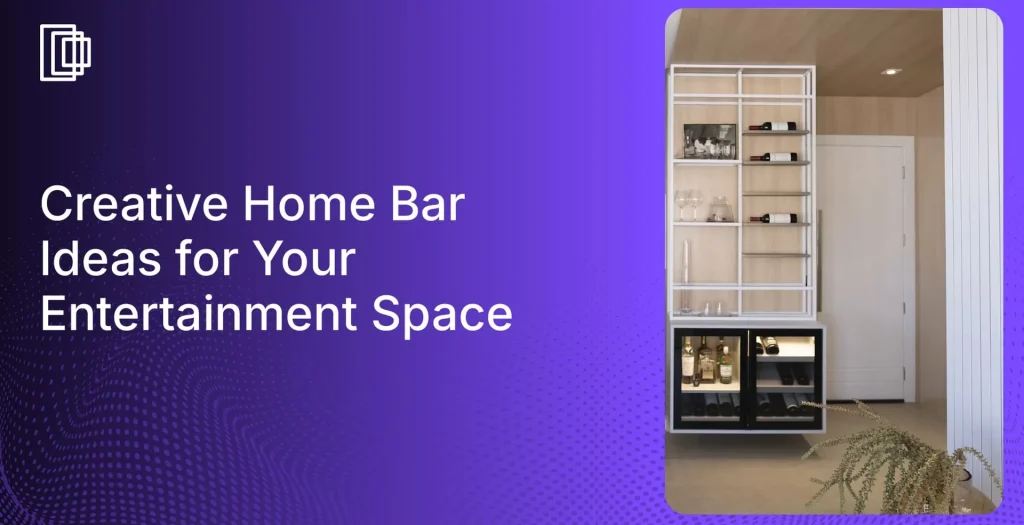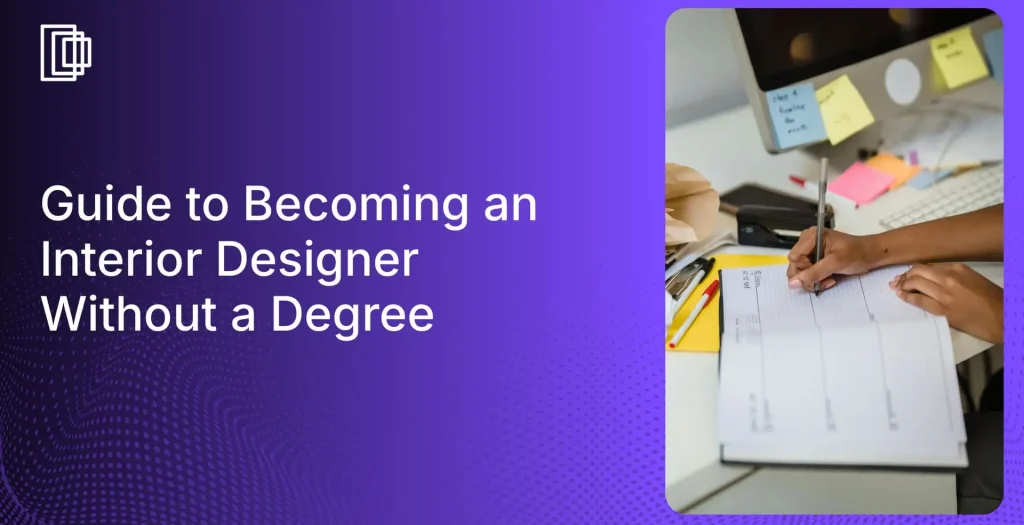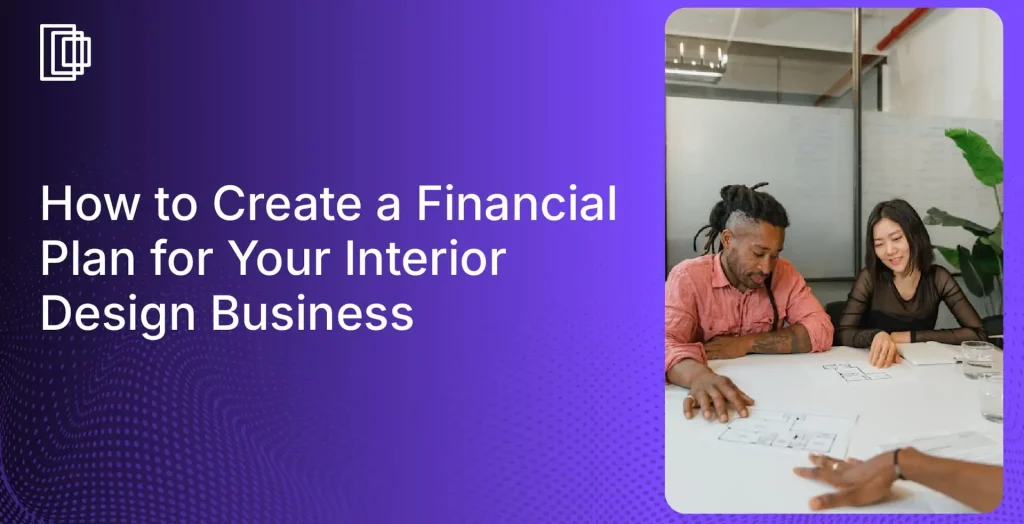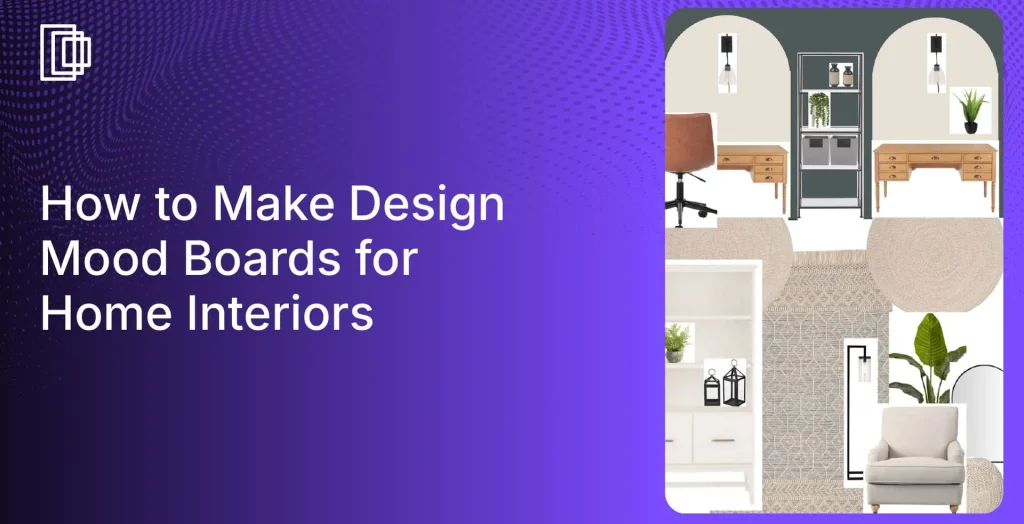How To Stage Your Home?
Home staging sets the mood for your entire sale and directly impacts your bottom line. According to the National Association of Realtors, staged homes sell for an average of 17% more than non-staged properties. This guide provides proven strategies to stage your home professionally without breaking the bank.
Real estate psychology studies show that 92% of buying decisions are made within the first 15 minutes of viewing a property. When buyers aren’t impressed initially, deals often die on the spot. Data from the Real Estate Staging Association shows that 83% of buyer’s agents said staging made it easier for buyers to visualize the property as their future home.
Read also – How To Design A Home?
What is Home Staging?
Home staging is the process of preparing a house for potential buyers by strategically renovating and rearranging furniture and decor based on buyer psychology and market trends. The goal is appealing to the greatest number of buyers, increasing chances of selling fast and for a higher price.
According to industry data, professionally staged homes spend 73% less time on the market compared to non-staged homes. Your options include:
- DIY staging (average cost: $300-800)
- Realtor assistance
- Professional home stager (average cost: $1,500-4,000)
- Virtual staging services (average cost: $75-150 per room)
Read also – virtual staging software
Why Home Staging Matters: The Numbers
- Staged homes sell 87% faster than non-staged homes
- Average ROI on staging is 586% – for every $100 spent, sellers see a $586 return
- 58% of buyers will pay more for a move-in ready home
- Staged homes photograph 40% better for online listings, where 93% of buyers start their search
Home staging increases perceived value by helping buyers justify higher offers. When buyers can envision themselves living in the property, they’re more likely to make competitive offers.
Read also – 15 Best Celebrity Homes for Design Inspiration
Image Credit: pinterest.com
15 Best Home Staging Ideas To Sell Your House Fast
1. Focus on Making a Great First Impression
Your entryway sets the entire tone. Work with just three key elements: a console table or bench, one piece of wall art, and a single decorative element (plant, candle, or small sculpture).
Mirror trick: Place a mirror across from your front door to make the space feel twice as large and reflect natural light. Cost: $30-80.
Scent strategy: Light a vanilla or cinnamon candle 30 minutes before showings to trigger positive memories and make the space feel like home.
Read also – How To Create Perfect Focal Point in Interior Design?
Image Credit: pinterest.com
2. Deep Clean & Clear Personal Items (The 50% Rule)
Remove 50% of everything currently displayed to create visual breathing room that makes spaces feel larger and more luxurious.
Strategic pack-away list:
- Personal photographs, trophies, and awards
- Extra kitchen equipment and appliances
- Memorabilia and bold decorative pieces
- Books, CDs, DVDs, and personal collections
- Out-of-season clothing and shoes
Professional tip: Use the “hotel room test” – if it wouldn’t be in a high-end hotel room, remove it during showings.
Image Credit: mymove.com
3. Declutter Each Room (10-Minute Method)
Set a timer for 10 minutes per room:
- Minutes 1-3: Remove anything broken, damaged, or worn
- Minutes 4-6: Remove duplicate items or those serving no clear purpose
- Minutes 7-10: Remove anything not contributing to the room’s primary function
Use the “three-box method” – donations, trash, and relocate to another room. This costs nothing but can increase perceived value by $5,000-15,000.
Read also – Top Home Design Trends To Decor Your Home
Image Credit: thespruce.com
4. Depersonalize Strategically (80/20 Rule)
Remove 80% of personal items while keeping 20% of neutral “lifestyle suggestion” pieces.
Remove completely:
- Family photos and children’s artwork
- Religious or political items
- Personal collections
Keep strategically:
- One coffee table book about travel or design
- Single piece of neutral, sophisticated artwork
- Fresh flowers or high-end candle
Read also – 20 Best Interior Design Tips for Your Home
Image Credit: forbes.com
5. Emphasize Your Home’s Best Features
Create a “focal point hierarchy” in each room:
- Primary: Best architectural feature (fireplace, large window, built-ins)
- Secondary: Enhanced element (artwork above sofa, dining centerpiece)
- Tertiary: Supporting details (coordinating throw pillows)
Applications:
- Fireplace rooms: Add simple garland or mirror above mantel
- High ceilings: Use tall plants or floor lamps to draw eyes upward
- Great views: Remove window treatments and angle furniture toward windows
Image Credit: pinterest.com
6. Make Strategic Repairs
Focus on high-impact, low-cost repairs that prevent buyer objections:
- Squeaky doors and loose doorknobs ($20-50)
- Dripping faucets ($15-40)
- Burned-out light bulbs ($30-60 total)
- Scuffed baseboards and door frames ($40-80 in paint)
Paint colors: Use “greige” (gray-beige) neutrals like Sherwin Williams “Accessible Beige” or Benjamin Moore “Classic Gray.”
ROI: Spending $500 on basic repairs typically prevents $2,000-5,000 in buyer-requested credits.
Image Credit: residencestyle.com
7. Prioritize Room Staging Strategically
Tier 1 (Must stage):
- Living room (40% of buyer viewing time)
- Master bedroom (personal sanctuary visualization)
- Kitchen (influences 89% of buying decisions)
Tier 2 (Stage if budget allows):
- Dining room and main bathroom
Tier 3 (Minimal staging):
- Secondary bedrooms and basement
Budget allocation: 60% on Tier 1, 30% on Tier 2, 10% on Tier 3.
Read also – Best Small House Design Ideas To Beautify Your Tiny Home
Image Credit: tulsaworld.com
8. Use Scents Strategically
Different scents trigger different buyer responses:
- Morning showings: Citrus (energy and cleanliness)
- Afternoon showings: Vanilla or light floral (comfort)
- Evening showings: Cedar or sandalwood (luxury)
Professional tip: Reed diffusers provide consistent scent without fire hazards or appearing “staged.”
Image Credit: pinterest.com
9. Enhance Curb Appeal
Every $100 spent on curb appeal improvements typically returns $400-600 in increased offers.
High-impact improvements:
- Power wash walkways and exterior ($0-150 DIY)
- Plant seasonal flowers ($50-100)
- Update house numbers ($30-60)
- Add simple exterior lighting ($40-120)
67% of buyers drive by properties before scheduling showings, so your exterior must pass this test.
Read also – 10 Ways to Turn Your Home from Toxic to Eco-friendly
Image Credit: pinterest.com
10. Add Strategic Accent Decor
Use the 60-30-10 color rule:
- 60%: Neutral base colors
- 30%: Secondary colors (throw pillows, curtains)
- 10%: Accent colors (artwork, decorative objects)
Budget recommendations:
- Throw pillows: $15-30 each (choose 2-3 coordinating colors)
- Plants: $20-50 each (snake plants or pothos)
- Candles/diffusers: $25-40 total
Dining room formula: Simple setup with neutral plates ($30-50), wine bottle with glasses ($20-30), small centerpiece ($15-25). Total under $100.
Read also – 11 Amazing Home Decor Trends
Image Credit: pinterest.com
11. Define Spaces with Area Rugs
Use rugs to define spaces and create perceived room boundaries:
- Living rooms: Front legs of all furniture on rug
- Dining rooms: Extend 24-30 inches beyond table
- Bedrooms: Extend 18 inches beyond bed on three sides
Budget options: IKEA, HomeGoods, and Wayfair offer quality staging rugs for $80-200.
Image Credit: pinterest.com
12. Create Hotel-Style Bathrooms
The five-element approach:
- Fresh, matching towels in white or spa colors ($40-80)
- One green plant for low light ($15-30)
- Clear countertops (remove personal toiletries)
- Upgraded basics: shower curtain, bath mat ($30-60)
- Bright lighting with working bulbs ($20-40)
Buyers spend 3-5 minutes in master bathrooms. Spa-like presentation suggests luxury and influences emotional connection to the entire home.
Read also – 14 Best Bathroom Remodeling Ideas
Image Credit: pinterest.com
13. Maximize Lighting
Every room should have three types of lighting:
- Ambient: Overhead fixtures
- Task: Table lamps, under-cabinet lights
- Accent: Floor lamps, wall sconces
Budget upgrades:
- Table lamps: $25-60 each
- Floor lamps: $40-100
- LED daylight bulbs (5000K-6500K): $30-50 total
Remove heavy curtains and open blinds for natural light. Well-lit homes photograph better and get more online views.
Read also – Best Kitchen Lighting Ideas and Trends
Image Credit: pinterest.com
14. Showcase Storage Solutions
Buyers need to see storage to value it:
- Closets: Remove 50% of contents, organize by color, leave doors partially open
- Kitchen cabinets: Organize one visible cabinet, leave slightly ajar
- Hidden storage: Use simple labels so buyers notice these features
Buyers will pay $1,000-2,000 more for homes where storage solutions are obvious and organized.
Read also – 15 Interior Decorating Mistakes That Make Your Home Look Smaller
Image Credit: yankodesign.com
15. Eliminate Pet Presence
25% of buyers will leave immediately if they detect pet odors or see excessive pet items.
Complete neutralization plan:
- Deep clean everything ($200-500 professional)
- Store all pet items ($0, just relocate)
- Remove pets during showings ($20-40 per showing)
- Eliminate odors with enzyme treatments ($50-100)
- Use subtle, pet-safe scents ($20-30)
Homes showing obvious pet presence stay on market 23 days longer and sell for 3-7% less.
Read also – Comparative Market Analysis (CMA)
The Psychology of Home Buying
Neuroscience research reveals that emotional decisions happen in the first 15 seconds, with buyers spending the rest of the showing justifying that response logically.
Key emotional triggers:
- Sense of space (decluttering and lighting)
- Move-in ready feeling (staging suggests no work needed)
- Lifestyle aspiration (staged rooms suggest desired life)
- Emotional comfort (neutral personalization allows imagination)
Buyers who feel “at home immediately” pay an average of 12% more than those making “purely financial” decisions.
Advanced Staging Insights
Price point psychology:
- Under $300K: Focus on cleanliness and space
- $300K-600K: Add lifestyle elements
- Over $600K: Create luxury experience
Time-on-market adjustments:
- Days 1-14: Stage for broad appeal
- Days 15-30: Adjust based on feedback
- Days 30+: Consider complete restaging or price adjustment
Your Staging Action Plan
Average returns:
- Staging investment: $1,500-4,000
- Sale price increase: 10-17%
- Time reduction on market: 50-70%
30-Day timeline:
- Week 1: Declutter, depersonalize, make repairs
- Week 2: Deep clean, add lighting, stage priority rooms
- Week 3: Add finishing touches, optimize for photos
- Week 4: Fine-tune based on showings
Conclusion
Effective home staging creates an environment where buyers can envision their future life while justifying higher offers. In today’s competitive market, professional-quality staging isn’t optional – it’s essential for maximizing your return on investment.
Staged homes outperform non-staged homes in every market condition. When uncertain, consult your real estate agent for staging advice or professional stager recommendations. Remember: staging isn’t just about aesthetics – it’s about understanding buyer psychology and market dynamics to achieve a fast, profitable sale.
For professional design visualization and 3D staging solutions, consider platforms like Foyr to create compelling virtual presentations that showcase your property’s potential to buyers.


